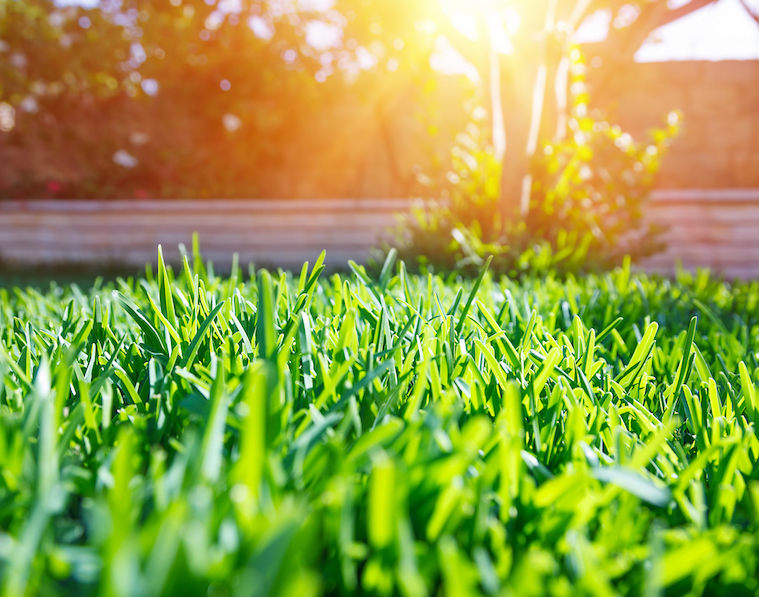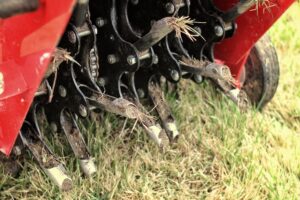Educating Clients About Spring Lawn Care

By Bryan Ostlund
As winter turns to spring and the first flowers come into bloom, Americans are beginning to think about yard maintenance again and how to prepare for a summer of outdoor activities. Now, before the busy season starts, landscape professionals should take some time to talk to their clients about their satisfaction with their lawns last year and educate them on ways to potentially improve the outcome this year.
These conversations are the perfect opportunity to address several key issues:
- Lawn health last year. Discuss your clients’ experiences with their lawns the previous season. Were there problem spots due to site conditions such as uneven soil quality or varying sun exposure that could require soil amendments or different seed varieties? Was the lawn wear-resistant enough to tolerate the client’s typical level of use, or might the lawn need to be overseeded with a more resilient type of grass? Was the irrigation system dialed in, or will a tune-up be required later in the spring? Was the fertilization program effective, or should the timing or type of fertilizer be adjusted.
-

Photos provided by Grass Seed USA Lawn maintenance services beyond mowing and irrigation. Based on the results of the above discussion, you can explain the value of and rationale behind some additional spring lawn revitalization measures that your clients may want to consider. For example, it might be time for dethatching to allow water, air and nutrients to penetrate the soil better and to help keep issues such as root rot, pests, fungal growth and drought stress from developing. An older or heavily trafficked lawn may need aerification to overcome compaction and improve drainage, especially if you’re planning to overseed. Overseeding could be a good idea if the lawn is thin or has bare spots that need to be revitalized, as spring planting can allow the grass to develop a strong root system and be well established before summer weeds start to take hold.
- Watering practices. If your clients are handling their own lawn irrigation, spring is a good time for a refresher on best practices. Many homeowners overwater their grass, which wastes resources and money — and can even be detrimental to the lawn over the long term. Most cool-season grasses need only about an inch of water a week during the summer, and it’s much better to water deeply once or twice a week rather than lightly every day. When water penetrates farther into the root zone, the plants develop deeper and stronger roots; and allowing the soil to dry out between waterings improves air circulation in the soil and discourages the growth of pathogens. You can also suggest ways to minimize the loss of water to evaporation: watering during the cooler hours of the early morning or evening, using a sprinkler that delivers large drops of water close to the ground rather than releasing a fine mist into the air, and (if clients are mowing their own lawns) keeping the grass a bit longer during the summer to shade the roots and soil surface.
Turfgrass is highly resilient if the right variety is chosen for the local conditions, but a little extra TLC — beyond just proper watering and mowing — can go a long way toward creating a lush green lawn. And spring is the perfect time to educate your clients about the additional ways in which you can create value by revitalizing their lawns and making sure their grass is on the road to long-term health.
Bryan Ostlund is executive director of Grass Seed USA, a national coalition of grass seed farmers and academic turf specialists that seeks to inform and educate residential and commercial customers about the benefits of grass and best practices for responsibly growing and maintaining healthy turf. For more information, visit www.weseedamerica.com or follow @WeSeedAmerica on Facebook and Twitter.


